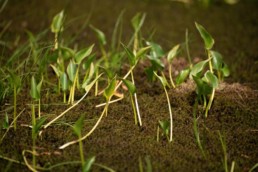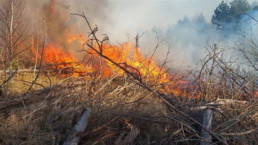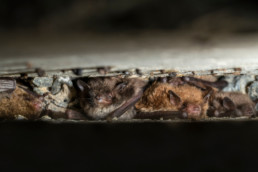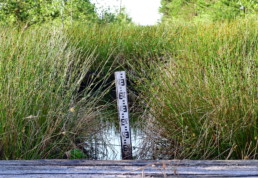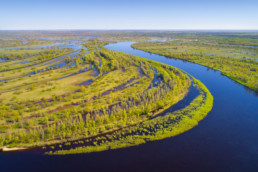Between Polesia and Zambia: a Polesian eagle chooses a very unusual wintering site in Africa
Greater Spotted Eagles from Polesia are about to start their autumn migration southwards. Their wintering sites are scattered across Europe, Asia and Africa: these birds spend the cold season in the Balkan Peninsula, Israel, South Sudan, Zambia, and even South Africa. Thanks to GPS-tracking, we not only have a chance to discover migration patterns that are important for the conservation of this rare species, but also learn many curious details that make even experienced scientists surprised. One of these was recently discovered and described by ornithologist Valery Dombrovski.
Liada is a female eagle nesting in the Mid-Pripyat Nature Reserve in Polesia. She spends every winter in Zambia, in a tiny area of only 3 square kilometers. This is too small even for a Greater Spotted Eagle, but Liada is a hybrid between Greater and Lesser Spotted Eagles. Typically, wintering Lesser Spotted Eagles have several feeding sites located at a significant distance from each other. Because of this, vast wintering areas of tens of thousands of square kilometers are formed.
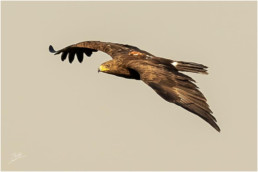
Wintering grounds of Greater Spotted Eagles are much smaller; however, they usually also reach dozens of square kilometers. It means that Liada is an exception to the general rule. Every day, she flies only a couple of kilometers from one part of the forest to another. How can she survive in such non-typical conditions? I had to dig deep into the internet to figure it out. Fortunately, this part of Zambia is well known to scientists and naturalists. The area belongs to the Kasanka National Park, famous for its biodiversity. It is home to various species of bushbucks, blue monkeys, and about 400 bird species. And then I found out that one of the most famous natural “shows” occurs in Kasanka annually, and it attracts numerous tourists from around the world.
From the middle of October to late December, over 10 million of Eidolon Fruit Bats (Eidolon helvum) congregate in Kasanka. All of them arrive in the wetland forest with a total area of about 2 ha, thus forming the highest density of mammals in the world. Eidolon Fruit Bats are quite big – their weight can reach 350 g. The enormous number of resting bats causes tree branches to bend and even break.
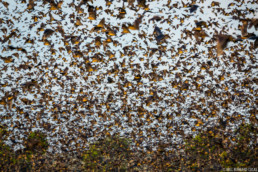
No wonder that the congregation of bats attracts numerous predators. The forest turns into a feeding ground for birds of prey. In addition, there are crocodiles, snakes and leguans waiting for some unfortunate bat to come tumbling down.
And what about our Liada? Is she part of this natural spectacle? Yes, she is! She arrives in Zambia in late October, simultaneously with the bats, and then visits the bat forest almost every day. Obviously, Liada like many local predators, feeds on this mysterious natural phenomenon – the mass congregation of Eidolon Fruit Bats in the same place.
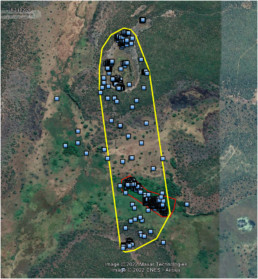
Isn’t this impressive? Liada nests in Polesia, looks and behaves just like dozens of other Greater Spotted Eagles, but at the same time she is the link that connects us to an outstanding natural phenomenon in a different part of the globe. What secrets do other ‘ordinary’ Greater Spotted Eagles hold? We can only guess and hope for new, unexpected discoveries.
The top image features Greater Spotted Eagle Liada in flight. The photo is taken by Brett Lewis in Kasanka National Park, Zambia.
Safe and intact: protecting rare and typical habitats in Polesia
19. September 2025
0 Comments7 Minutes
The project “Polesia – Wilderness Without Borders” is part of the Endangered Landscapes & Seascapes Programme and is funded by Arcadia. The project is coordinated by Frankfurt Zoological Society (FZS).


